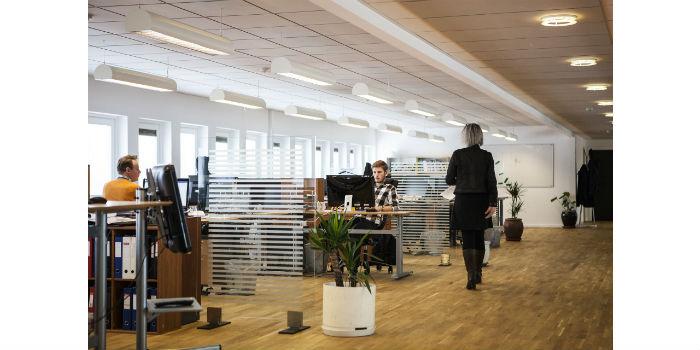 This theme continues to generate the creation of new purification possibilities for Oxidative Treatment Units (UTO).
This theme continues to generate the creation of new purification possibilities for Oxidative Treatment Units (UTO).
by: Julián A. Restrepo R., José Paulo Naranjo*
Air pollution causes 4.2 million premature deaths annually, according to data from the WHO (World Health Organization, 2016) [A] and in Colombia it caused 20,700 million pesos in health costs in 2015 (2.6% of GDP), according to data from the National Planning Department (DNP) [B].
In this sense, "it is important that we all reflect on the way we live indoors. From ordinary people to architects, businesses and governments, we all have a responsibility to do everything we can to ensure that our homes are healthy places to live and grow."[1] This shocking phrase has been taken from a campaign by the Danish company Velux, which does not specialize in air conditioning or related equipment, but in skylights and skylights and in the use of solar energy. This company wants to make us aware that we are "the indoor generation" and the impact that indoor spaces have on the people who inhabit them.
The concept of "the indoor generation"
We can affirm that, because we spend approximately 90% of our time indoors (nurseries, schools, universities, jobs, our homes, offices, shopping centers, hospitals, etc.), without receiving the natural radiation of the sun and without enough fresh air from outside, we can indicate that our generation is "the generation of interiors": we leave our homes very early for work and many of us return at night, when there is no longer sunlight. And the main problem is that it's something that most people have no awareness of. Our homes and homes, especially in seasonal countries, have such good insulation that they do not allow enough fresh air and natural light to enter.
Currently, an estimated 84 million Europeans live in buildings with so much moisture and mold that they are a potential threat to the physical and mental well-being of the people who inhabit them. Science has shown that environments of this type can be highly harmful to health and well-being, since the result is such poor indoor air can cause a wide range of diseases, from headaches to eye irritation, allergies, asthma and various respiratory conditions. It is indicated that a person is up to 40% more likely to suffer from asthma if they live in a house with humidity and mold [2].
The alarming levels of pollution in our cities
If we dissociate ourselves from the campaign of this company and talk simply about "the risks associated with the air of our indoor spaces", we must highlight that lately there are many news that warn us of the high levels of pollution in our cities:
"Seven million people die every year from pollution," and it is estimated that this has an effect equivalent to that of smoking tobacco and much higher than that of consuming a lot of salt. This has been indicated by the WHO, in addition, warns that 90% of the world's population breathes polluted air. It also indicates that every year, more than 570,000 children under the age of 5 die from respiratory diseases related to air pollution. It is difficult to escape from air pollution, because no matter how rich the area in which you live, the air is all around us. "Microscopic pollutants in the air can slip past our body's defenses, penetrating deep into our respiratory and circulatory systems and damaging our lungs, heart and brain," the WHO warned [3].
"Air pollution is an invisible killer," said the executive director of the European Environment Agency (EEA), Hans Bruyninckx, before the presentation of a new report on air quality. Pollution on European soil is slowly decreasing, but it still causes half a million premature deaths every year. Despite the traffic restriction measures that have been implemented by some European capitals, this is still not enough to reduce pollution to the standards established by both the European Union (EU) and the WHO. The EEA warns that the deterioration of the health of citizens who breathe this polluted air in a prolonged way, has an impact on an increase in medical expenses and a reduction in productivity, not to mention the damages produced in the ecosystem such as the deterioration of soils, forests, lakes, rivers and a considerable reduction in agricultural yield [4].
"Indoor air can be up to five times more polluted than outdoors." It is indicated that more than 900 polluting compounds have been detected in indoor air and some of these pollutants may be up to five times more concentrated inside than outside buildings [5]. No matter where you live: opening a window and letting in fresh air is almost always preferable to breathing the stagnant air inside [2].
"Indoor air pollution and its impact on respiratory pathology". Some air pollutant compounds are indicated: formaldehyde, radon, Volatile Organic Compounds (VOCs), fiberglass, asbestos, heavy metals (lead, cobalt, cadmium,), COx (CO and CO2), NOx (NO, NO2), particulate matter (dust, PM10, PM2.5, PM1.0, PM0.5), ozone, microorganisms (algae, bacteria, viruses, molds, yeasts, etc.), odors (of chemical or natural origin)] [6].
Indoor Air Quality (IAQ) [6]
Environmental quality is defined as the harmony of thermal, acoustic, luminous factors and the air that is breathed, which must not pose a danger to health and must be fresh and pleasant. The indoor air (AI) of a dwelling or building must not contain pollutants in concentrations higher than those that may harm health or cause discomfort to its occupants.
The chemical composition of AI can comprise a multitude of substances in low concentrations. The levels of pollution measured in studies carried out in offices and homes are usually well below the permissible limits for industrial environments, but chemical analysis does not allow predicting the perception that inhabitants have of the air they breathe, since the mixture of many pollutants, even in low concentrations and nuanced by humidity and temperature conditions, it can worsen the perception of its quality; therefore, the smell is a useful indicator to assess the quality of the AI. In this sense, the ASHRAE (American Society of Heating, Refrigerating and Air-Conditioning Engineers), has developed recommendations to assess the AI, which can be considered of good quality when there are no known contaminants in harmful concentrations and a substantial majority when a percentage greater than 80% of the exposed personnel do not express discomfort.
What are the causes of poor indoor air quality?
- Inadequate fresh air supply and/or poor maintenance of ventilation or air conditioning systems
- Pollutants emitted by building materials or furniture
- Process contaminants taking place in the building, including cleaning products, office machines, agrochemicals and gases emanating from new materials
- Microorganisms or other biological contaminants or contaminants introduced into the building from the outside; examples include emissions from sanitary ware vents, boiler ducts, natural gas venting or smoke shots.
- When the ventilation of a building is inadequate, the resulting low air exchange rate causes the fresh air entering the building to be insufficient to dilute or expel pollutants, and these can be concentrated within the building.
- Improving indoor air quality does not mean that indoor air should become excessively pure, but that building occupants should not be exposed to air quality considerably worse than outdoor air, especially if the occupant does not experience health problems when exposed to outside air (provided that outside air is reasonably acceptable, according to current regulations or other related health regulations).
UTO Technology (Oxidative Treatment Units)
The UTO technology (Oxidative Treatment Unit), is a novel device that allows the photopurification of air (see Figure 1): It uses a UV light source and a photocatalytic cell (on which UV radiation strikes). The cell is coated with a smart coating (containing metal nanoparticles, MNPs). UTO equipment is used indoors (operating 24/7) and is connected to air conditioning systems. UTO is shown as a novel, safe and cost-efficient technology, which offers solutions to various problems associated with indoor air pollution and are designed to reduce the concentration of pollutants in the air, both of biological origin (microorganisms, bacteria, algae, viruses, fungi, mold, allergens, etc.), as of chemical origin (VOCs, PAHs, POPs, BTX, odors). Among its various advantages, UTO purification technology offers solutions to:
1. Sick Building Syndrome (SEE): Due to the poor air quality that occurs in indoor spaces, especially buildings with lack of maintenance or with many years in operation.
2. Health Care Infections (HAIs): Refers to those diseases, acquired during a stay in a hospital and that were not present in the patient at the time of admission.
3. Improvement of the productivity of the companies: This associated with the impact on the reduction of absenteeism of personnel who present continuous respiratory diseases, in some cases chronic, or for personnel very sensitive to environmental changes. In other cases, there is an increase in the productivity of personnel who, without becoming incapacitated, will work, but who will already present a higher work performance to be at 100% of their capacity, due to the presence of cleaner air and a healthier environment.
4. Reduction of energy consumption: It is estimated that this can be greater than 20%, due to the possibility of reducing the intake of outdoor air, especially during the design of new projects. It should be noted that it is reported that 66% of the energy consumption of buildings corresponds to air conditioning, ventilation and heating [7].
5. Reduction of the Carbon Footprint: This is associated with lower energy consumption, which has a direct impact on the reduction of the Carbon Footprint of companies and buildings. Especially for companies with an important environmental awareness or those more ambitious that bet on LEED projects, the benefits of carbon credits or obtain a competitive advantage by carrying out actions that positively impact the mitigation of Climate Change.
6. Improvement of the quality of life of people: This is associated with the reduction of respiratory and chronic diseases. In the case of some companies, this becomes more relevant with the concept of Corporate Social Responsibility (CSR), where various companies already show interest in the well-being of their employees. And at this point it is interesting to review the case of the British entrepreneur Richard Branson, who explains why it is beneficial for companies to have happy employees [8]. In fact, the business tycoon goes further by stating, "If you take care of your employees, they will take care of your customers." [9] Clearly an innovative shift in the approach to business from within companies.
7. Improvement of locative safety: This is based on the fact that it eliminates different pollutants from the air, especially volatile and flammable compounds such as some VOCs, which have a risk of fire and explosion, under certain limits. UTO allows to improve the safety of the environments, allowing to reduce the costs of the associated insurances.
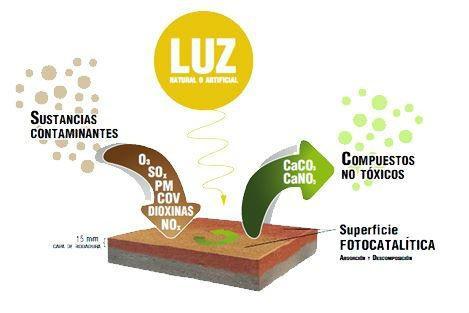
Figure 1: General scheme of the photocatalysis process [9]
* Research and Development
[email protected]
JOSE PAULO NARANJO
General Manager
[email protected]
PURE IAQ ENVIRONMENTS
www.ambientespuros.com
Medellin, Colombia
References
[A] http://www.who.int/es/news-room/fact-sheets/detail/ambient-(outdoor)-air-quality-and-health
[B] https://www.dnp.gov.co/Crecimiento-Verde/Paginas/Diagnostico.aspx
[1] https://www.velux.es/indoorgeneration
[2] https://www.velux.es/indoorgeneration/como-es-nuestra-vida-de-interior
[3] http://www.gacetamedica.com/politica/siete-millones-de-personas-mueren-cada-ano-a-causa-de-la-contaminacion-XK1792550
[4] https://computerhoy.com/noticias/life/contaminacion-europa-sigue-siendo-mortal-pesar-haber-disminuido-321047
[5] https://www.privalore.es/aire-interior-puede-estar-5-veces-mas-contaminado-exterior/
[6] http://www.archbronconeumol.org/es-contaminacion-del-aire-interior-su-articulo-S0300289612001196
[7] http://www.rockwool.es/noticias-prensa/2018/el-66-del-consumo-energetico-de-los-edificios-corresponde-a-aire-acondicionado-ventilacion-y-calefaccion/
[8] http://www.accionpreferente.com/negocios/richard-branson-explica-por-que-es-beneficioso-tener-empleados-felices/
[9] http://iridiumht.com/home/fotocatalisis/




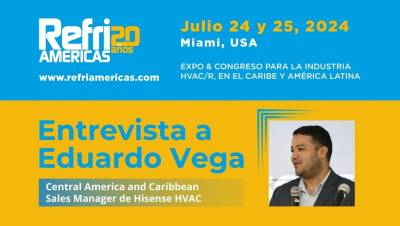

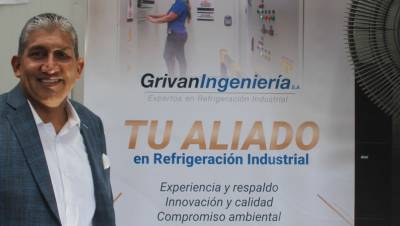
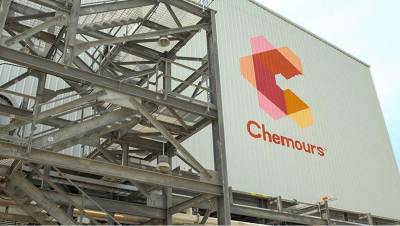
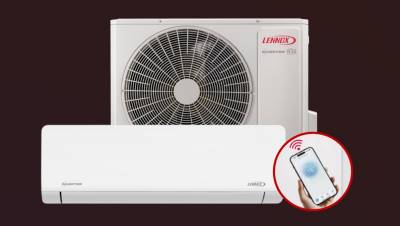

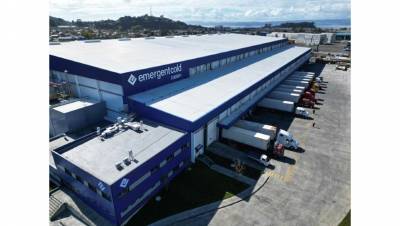
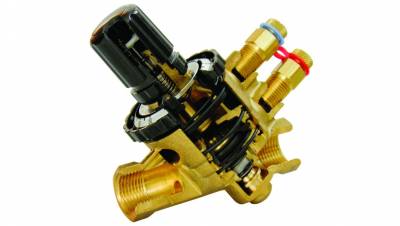
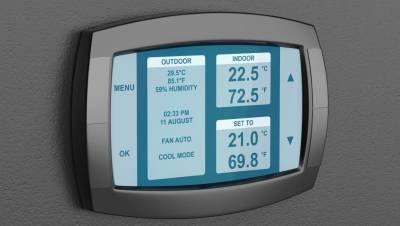

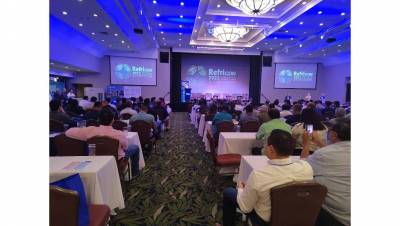
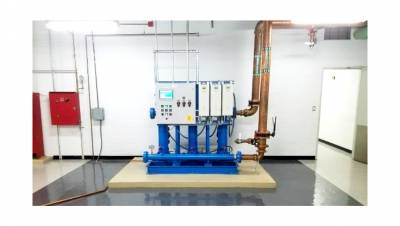
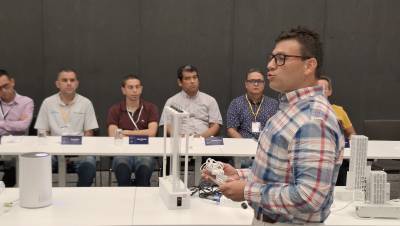
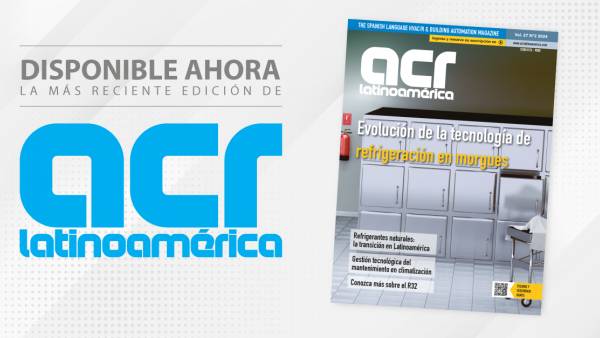







Leave your comment